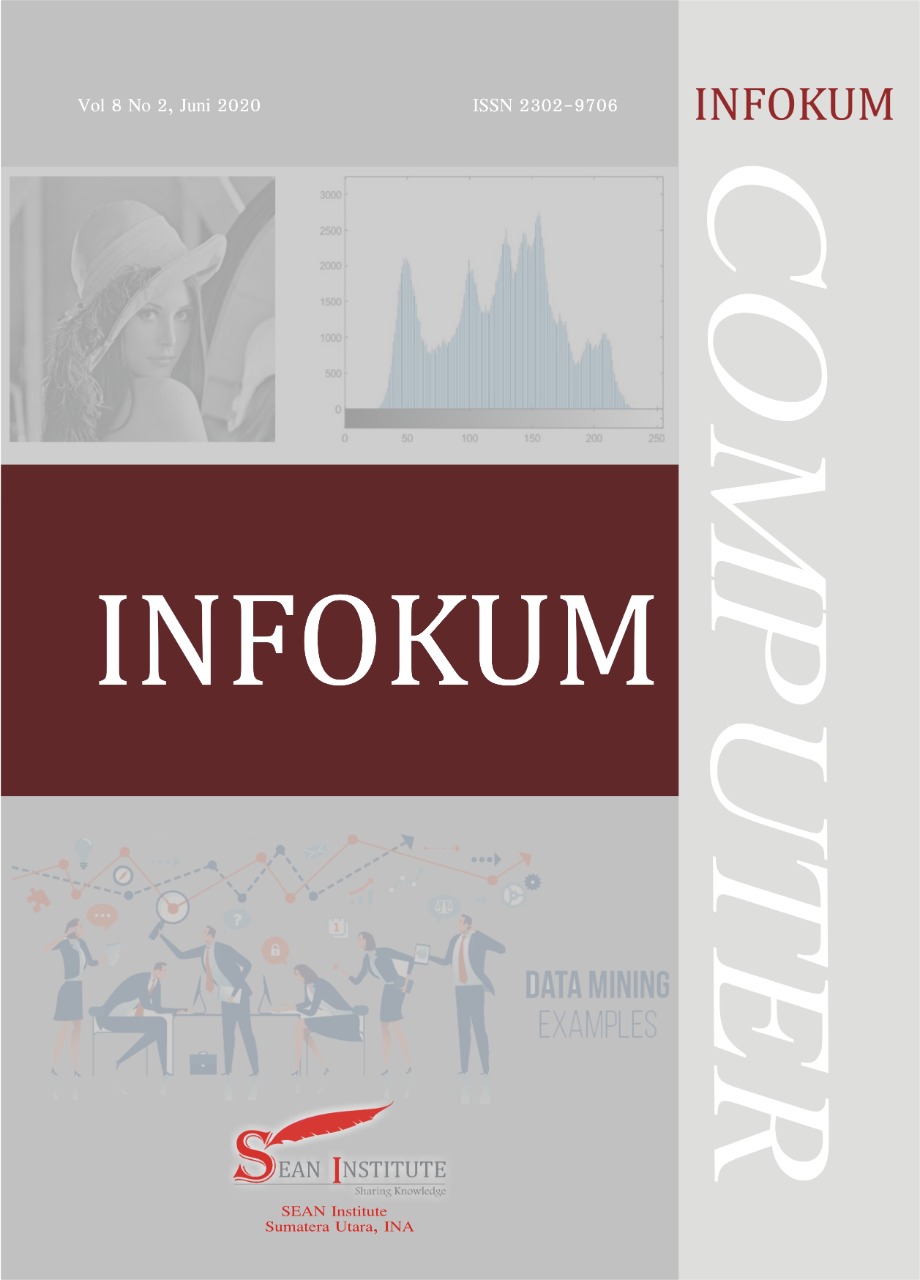MRI Image Classification Analysis of Brain Cancer Using ResNet18 and VGG16 Deep Learning Architectures
Abstract
Deep learning approaches, particularly Convolutional Neural Networks (CNNs), have proven effective in medical image processing. Two prominent CNN architectures are VGG16 and ResNet18. Previous research has shown that ResNet50 and VGG16 have been used in brain tumor classification with varying accuracy. This study aims to systematically compare the performance of ResNet18 and VGG16 in brain cancer MRI image classification, considering accuracy, computational efficiency, and model generalization capabilities. The results show that the ResNet18 model with pretrained weights achieved the highest accuracy of 97.43%, excelling in detecting all categories of brain tumors with minimal error. In contrast, the VGG16 model trained from scratch performed the lowest with an accuracy of only 63.09%, having significant difficulty distinguishing between classes.
Downloads
References
S. Agarwal, D. Jain, S. Gupta, S. Sawhney, and Y. Mittal, “Brain Tumor Detection and Classification Using Deep Learning,” Proc. - IEEE 2023 5th Int. Conf. Adv. Comput. Commun. Control Networking, ICAC3N 2023, pp. 635–640, 2023, doi: 10.1109/ICAC3N60023.2023.10541584.
J. Seetha and S. S. Raja, “Brain tumor classification using Convolutional Neural Networks,” Biomed. Pharmacol. J., vol. 11, pp. 1457–1461, Sep. 2018, doi: 10.13005/bpj/1511.
R. Andre, B. Wahyu, and R. Purbaningtyas, “Klasifikasi Tumor Otak Menggunakan Convolutional Neural Network Dengan Arsitektur Efficientnet-B3,” J. IT, vol. 11, no. 3, pp. 55–59, 2021, [Online]. Available: https://jurnal.umj.ac.id/index.php/just-it/index
M. L. Septipalan, M. S. Hibrizi, N. Latifah, R. Lina, and F. Bimantoro, “Klasifikasi Tumor Otak Menggunakan CNN Dengan Arsitektur ResNet18,” Semin. Nas. Teknol. Sains, vol. 3, no. 1, pp. 103–108, 2024, doi: 10.29407/stains.v3i1.4357.
D. Lizard, S. Dimara, S. W. Putri, and R. Amelia, “Penerapan Convolutional Neural Network ( CNN ) dalam Klasifikasi Citra MRI untuk Deteksi Tumor Otak Manusia,” vol. 4, no. 2, pp. 70–77, 2023, doi: 10.31284/j.kernel.2023.v4i2.6960.
K. Amalia, R. Magdalena, and S. Saidah, “Klasifikasi Penyakit Tumor Otak Pada Citra Mri Menggunakan Metode CNN,” e-Proceeding Eng., vol. 8, no. 6, pp. 3247–3254, 2022.
T. A. Mutiara and Q. N. Azizah, “Klasifikasi Tumor Otak Menggunakan Ekstraksi Fitur HOG dan Support Vector Machine,” J. Infortech, vol. 4, no. 1, pp. 45–50, 2022, [Online]. Available: https://ejournal.bsi.ac.id/ejurnal/index.php/infortech/article/view/12813
K. N. Qodri, “Analisis Perbandingan Klasifikasi Tumor Otak Menggunakan Deep Learning,” vol. 1, pp. 1–6, 2024.
T. Agustin, “ANALISIS PERFORMA MODEL DEEP LEARNING VGG16 DAN RESNET DALAM KLASIFIKASI JENIS TUMOR OTAK,” no. November, pp. 136–147, 2024.
T. Otak, M. B. Kurniawan, and E. Utami, “Perbandingan Kinerja ResNet18 , VGG16 , dan MobileNetV2 Performance Comparison of ResNet18 , VGG16 , and MobileNetV2 for Brain Tumor Classification on MRI Images,” vol. 14, pp. 767–777, 2025.
“Brain Tumor Classification (MRI).” Accessed: Apr. 29, 2025. [Online]. Available: https://www.kaggle.com/datasets/sartajbhuvaji/brain-tumor-classification-mri
A. Saleh, R. Sukaik, and S. S. Abu-Naser, “Brain tumor classification using deep learning,” in Proceedings - 2020 International Conference on Assistive and Rehabilitation Technologies, iCareTech 2020, Institute of Electrical and Electronics Engineers Inc., Aug. 2020, pp. 131–136. doi: 10.1109/iCareTech49914.2020.00032.
D. Candra, G. Wibisono, M. Ayu, and M. Afrad, “Transfer Learning model Convolutional Neural Network menggunakan VGG-16 untuk Klasifikasi Tumor Otak pada Citra Hasil MRI,” LEDGER J. Inform. Inf. Technol., vol. 3, no. 1, pp. 11–18, 2024.










